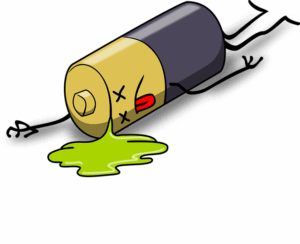Pipe leak detection is crucial for identifying and repairing water leaks in plumbing systems, minimizing water waste, preventing property damage, and reducing mold growth risks. Modern technologies like acoustic sensors, thermal imaging cameras, and smart sensors enhance this process, enabling efficient detection of both burst pipes and gradual seepage. Early detection offers cost savings on repairs, promotes sustainable water conservation, and extends infrastructure lifespan. Proactive leak management combines regular inspections, cleaning, pressure testing, and advanced technologies to minimize environmental impact and save costs. Case studies demonstrate the success of modern leak detection methods in both residential and commercial settings, fostering community welfare and a more sustainable future.
In the realm of infrastructure management, pipe leak detection is a vital skill. Leaks can cause significant damage and disruption, making early identification crucial. This article explores the art and science of leak detection, delving into the basics, various types, and causes. We compare traditional methods with modern technologies, highlighting benefits like cost savings and environmental protection. Learn about common signs, survey conduct, prevention, and case studies showcasing successful leak detection. Finally, we glimpse into future trends revolutionizing pipe leak management.
Understanding Pipe Leak Detection: The Basics
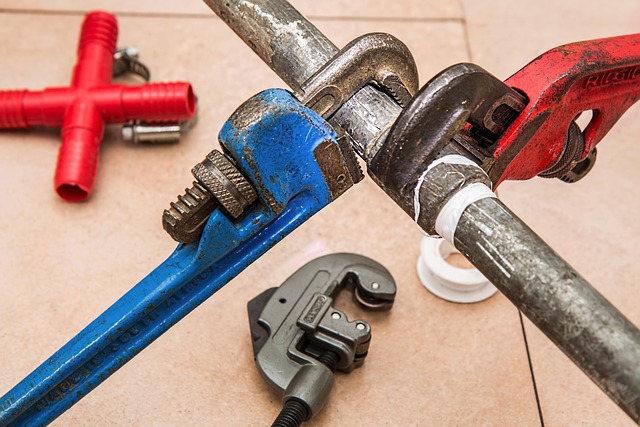
Pipe leak detection is a critical process aimed at identifying and mitigating water leaks within plumbing systems. It involves utilizing advanced technologies and methods to pinpoint precisely where a leak occurs, whether it’s a subtle drip or a burst pipe. The primary goal is to minimize water waste, prevent damage to properties, and reduce the potential for mold growth caused by excessive moisture.
The basics of leak detection encompass several key steps. First, professionals inspect the plumbing system visually, looking for any signs of corrosion, damage, or unusual wear. They then employ specialized equipment such as acoustic sensors, which use sound waves to detect flowing water, and thermal imaging cameras that can highlight temperature variations indicating leaks. Additionally, pressure testing and flow monitoring are employed to identify anomalies in the water distribution network. These techniques work together to create a comprehensive picture of the system’s health, ensuring any leaks are detected and repaired efficiently.
Types of Pipe Leaks and Their Causes
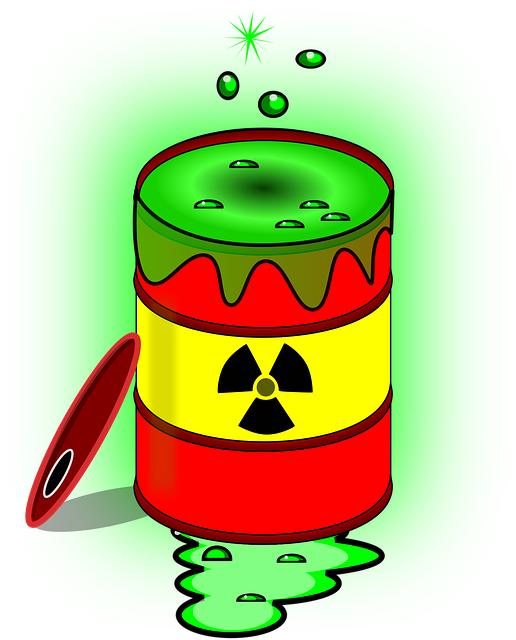
Pipe leaks can manifest in various forms, each with distinct causes and characteristics. The first type is burst pipes, often caused by extreme temperature changes or structural weaknesses, leading to a sudden and significant water flow. These leaks require immediate attention due to their high visibility and potential for severe damage.
Another common type is gradual seepage, where small cracks or gaps in the piping material allow water to drip slowly over time. This subtle form of leak can go unnoticed for extended periods, resulting in substantial water waste and hidden damage to walls, ceilings, and foundations. Effective leak detection methods are crucial for identifying these issues early on, ensuring prompt repair to prevent further complications.
Traditional Methods vs Modern Technologies

In the realm of leak detection, traditional methods have long been the standard, relying on visual inspection and manual checking. These involve sending employees to physically examine pipes for signs of damage or moisture, a time-consuming process that can be hindered by accessibility issues. However, with advancements in technology, modern solutions have emerged, revolutionizing the way we approach leak detection.
Modern technologies offer more efficient and accurate methods, such as non-invasive imaging systems and smart sensors. These tools utilize advanced algorithms and data analysis to identify even the smallest anomalies within piping systems. By integrating these innovations, businesses can streamline their maintenance routines, reduce downtime, and lower repair costs associated with water leaks. This shift from traditional to modern techniques reflects a progressive approach in the industry, prioritizing prevention and minimizing disruptions caused by leak-related incidents.
Benefits of Early Leak Detection
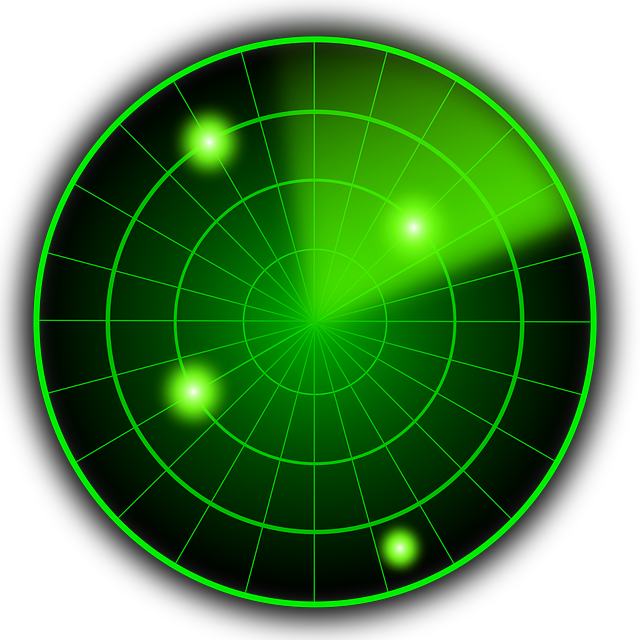
Early leak detection offers numerous advantages that can significantly impact both residential and commercial plumbing systems. By identifying potential leaks at their source, homeowners and business owners can avoid costly repairs and prevent further damage to their properties. This proactive approach not only saves money but also reduces the risk of mold growth and other health hazards often associated with water leaks.
Moreover, timely leak detection contributes to sustainable water conservation practices. It allows for the immediate shut-off of water supply to the affected area, minimizing unnecessary water wastage. This is particularly beneficial in regions facing water scarcity or for those looking to reduce their environmental impact. Early intervention can also help extend the lifespan of plumbing infrastructure by addressing issues before they escalate.
Common Signs of a Pipeline Issue

Many pipeline issues go unnoticed until a leak occurs, which can result in significant damage and costly repairs. Recognizing the common signs of a pipeline problem is crucial for timely Leak Detection. One of the most evident indicators is unusual noise coming from the pipes, such as banging, buzzing, or hissing sounds, especially during operation or after turning on fixtures. These noises could suggest loose connections, corrosion, or damage to the piping structure. Another visual cue is water damage or moisture around pipes, walls, or floors near fixtures like sinks, toilets, or appliances connected to the pipeline.
Moreover, persistent low water pressure in certain areas of your home or unusual odours coming from drains are red flags. If you notice that faucets take longer than usual to run hot water or that the temperature fluctuates unexpectedly, it might indicate a leak within the pipeline. Additionally, higher-than-expected water bills with no apparent increase in usage can point towards persistent leaks that require immediate Leak Detection and repair.
How to Conduct a Comprehensive Leak Survey
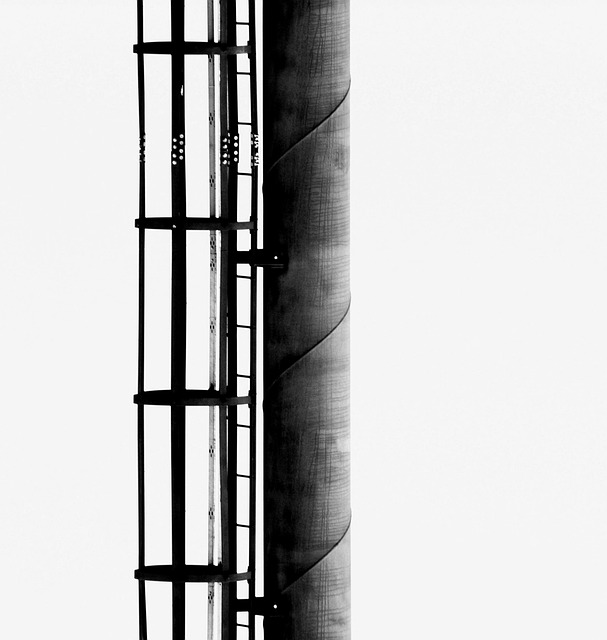
Conducting a comprehensive leak survey is crucial for effective pipe leak detection. Start by identifying potential sources, checking for visible signs like moisture or corrosion on pipes and surrounding areas. Utilize advanced technologies such as infrared cameras and moisture meters to pinpoint hidden leaks that might not be immediately apparent.
Next, follow a systematic approach: inspect each section of the piping system carefully, paying close attention to joints, fittings, and valves where leaks are more likely to occur. Document findings thoroughly, noting locations, severity, and potential causes. Regular maintenance and early detection through such surveys significantly reduce damage and repair costs associated with pipe leaks.
Prevention Strategies for Pipeline Maintenance

Pipeline maintenance is a proactive approach to prevent leaks and ensure the longevity of your piping system. Regular inspection and maintenance routines are key strategies to detect potential issues early on. This includes visually examining pipes for any signs of corrosion, damage, or unusual markings, especially in areas prone to stress or environmental factors. Implementing preventive measures such as regular cleaning and descaling can also avert leaks caused by buildup and mineral deposits.
Another effective strategy is to schedule pressure testing and flow monitoring at set intervals. These tests help identify weak points or anomalies in the pipeline that might lead to leaks. By combining these preventative actions with advanced leak detection technologies, such as acoustic monitoring and ground-penetrating radar, you can significantly reduce the risk of water loss and system failures, ultimately saving costs and minimizing environmental impact.
Case Studies: Successful Leak Detection Stories

In the realm of pipe leak detection, successful case studies serve as a testament to the effectiveness of modern technologies and strategies. For instance, one prominent example involves a large metropolitan area where an advanced leak detection system was implemented. This system, utilizing both ground-penetrating radar and acoustic sensors, successfully identified multiple leaks within an extensive water distribution network. The swift action taken following these detections minimized damage, saved significant costs, and ensured the continued reliability of the city’s water supply.
Another compelling story comes from a residential neighborhood where a proactive leak detection program was initiated. By deploying smart meters capable of real-time data analysis, local utility companies were able to pinpoint leaks before they escalated. This proactive approach not only reduced water waste but also fostered a sense of community engagement as residents became more aware of their water consumption and its impact on the environment. These case studies underscore the power of modern leak detection methods in enhancing sustainability, efficiency, and community welfare.
Future Trends in Pipe Leak Management

The future of pipe leak management is poised for significant advancements, driven by technological innovations and a growing emphasis on sustainability. One prominent trend is the increased adoption of advanced Leak Detection systems. These systems leverage smart sensors, artificial intelligence (AI), and machine learning algorithms to monitor pipes in real-time, identify anomalies, and predict potential leaks before they occur. This proactive approach not only reduces water wastage but also minimizes damage to infrastructure.
Additionally, there is a growing interest in the integration of remote monitoring and predictive analytics. By connecting leak detection systems to centralized control rooms, utilities can remotely monitor pipe networks, analyze data patterns, and deploy maintenance teams more efficiently. This trend promises to streamline operations, optimize resource allocation, and enhance overall system reliability, ultimately contributing to a more resilient and sustainable water management landscape.
